Machine Learning in Demand Forecasting: The Hero of Supply Chain
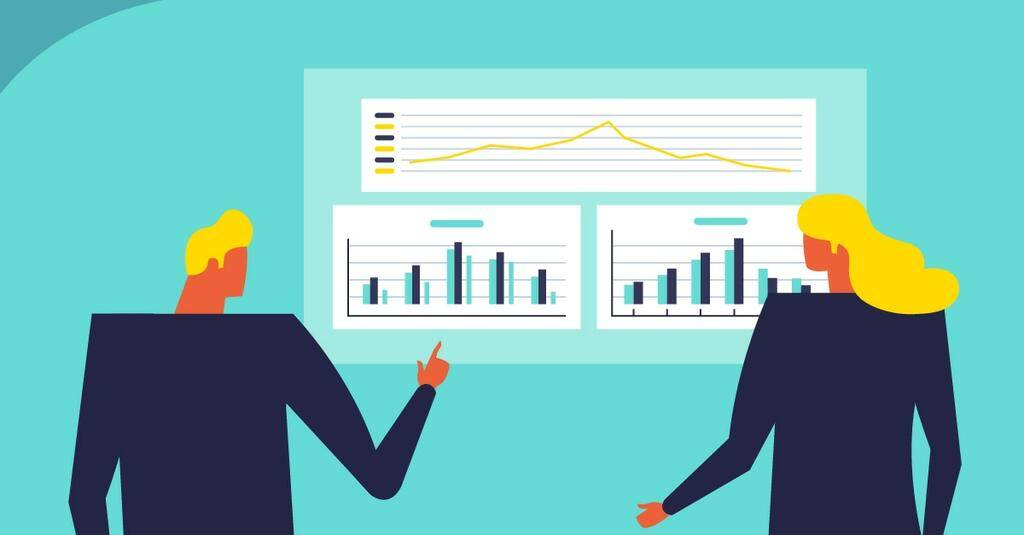
Many business executives complain that the top pain point to them is the sudden negative variations in the demand of the product. Changes that no one saw it coming! The world’s largest IT research firm, Gartner came up with a term for the same problem that many organizations suffer from : Demand Volatility.
There are numerous factors that affect the demand of a particular product or service, be it weather fluctuations, trends, availability of alternatives, period of recession and looking at the power of Social media- even posts by Social influencers or celebrities impact the buyers.
For instance, let's look at both sides of the coin here.
Daniel Wellington, a Swedish watch startup, is one company that uses a global network of influencers to market their watches. One of the influencers on Instagram posted an eye-catching and well-composed image with a caption that not only talked about the watch in photo but also how her followers could get one with a discount. Due to its use of social influencers, Daniel Wellington now has a verified Instagram account with 4.6 million followers through which it has earned a large market and can attract potential buyers.
Now on the other hand, the teenage climate activist Greta Thunberg’s denial to fly for environmental reasons prompted the “flight shame” movement that caused a five-percent decrease in air passenger numbers in Sweden.

If only people had a Magic Crystal Ball similar to that shown in movies, they could just have easily predicted such unexpected outcomes. So what can be done about this, as it’s a challenge faced world-wide. Simple Solution- In this era of Industry 4.0, we need to use the technology advancements made in Artificial Intelligence and Machine learning to achieve the business goals.
MACHINE LEARNING VS TRADITIONAL APPROACH IN DEMAND FORECASTING
“While any organization can throw technology at planning, it makes more sense to pause a minute and think about what type of digital technology is appropriate.”
Tim Payne
VP Analyst, Gartner Research & Advisory
For those of you who may need a kick-start, Demand Forecasting is the estimation of the plausible future of your product/service in terms of either profit or loss. When Machine learning was leveraged in the forecast applications, it provided better accuracy and showcased effective upsides in the end-to-end supply chain management. Moreover, the use of conventional methods such as spreadsheets and a lack of collaboration among sales, marketing, and demand planning teams has only added to the complexity.
Old-fashioned Statistical forecasting method, needs stability. They rely on historical data and assume that history will repeat itself. But the only thing constant in this world is change, hence statistical methods often fail to foresee illogical alterations in customer preferences or predict when market saturation will occur.
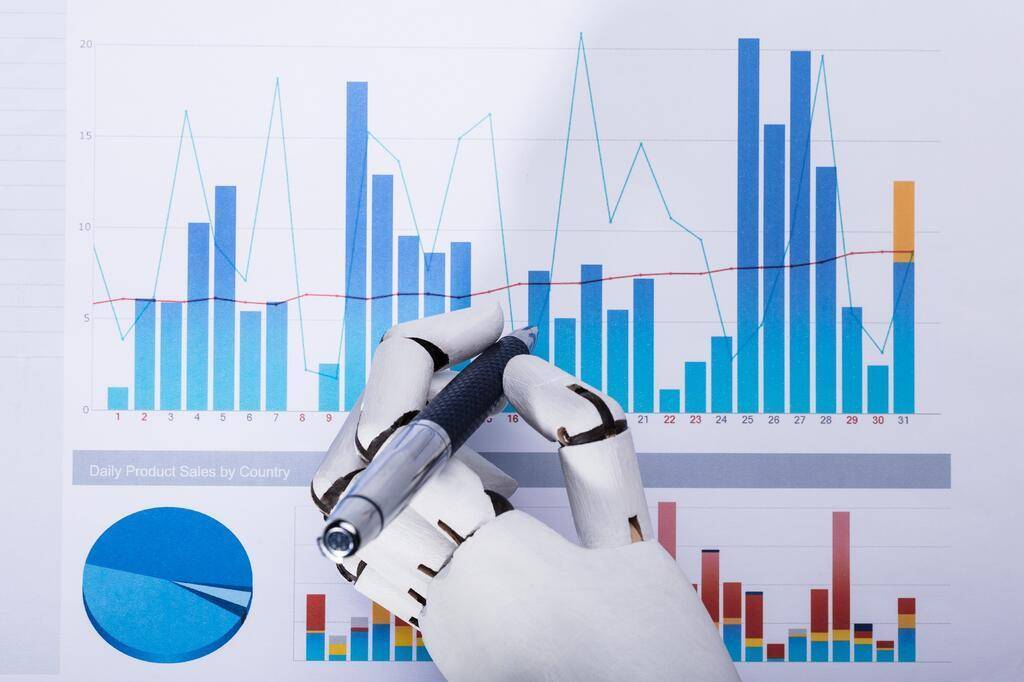
When ML is applied to demand forecasting, it not only uses historical data but also other internal and external components. This increases the efficiency of the demand forecast. Additionally, as more and more firms are now connecting in a better way, there is huge Data visibility. Thus, the manufacturers are taking the side of cutting edge technologies like ML, cognitive computing and getting real time data via Internet of Things (IoT) sensors.
So you might be wondering what are these “internal” and “external” agents I am talking about above ? Look at the below table for the list, as they play a vital role in the whole process of demand forecasting with ML and ultimately determine if you are winning or losing.
| INTERNAL FACTORS | EXTERNAL FACTORS |
| Product Price changes | Political : government policies & regulations, public holidays, taxes |
| Promotions | Economical : currency fluctuations, labor wages, unemployment rate |
| Discounts | Social: media coverage, customer’s sentiments on social media, competitors promotions |
| Seasonality | Technology : Product Life Cycle, upcoming trends/innovations |
| Lost sales due to Stock outs | Environmental : Weather, Natural and Man-made disasters |
| Network Expansion/Reduction | Legal influences |
| And many more | Pandemics like Coronavirus |
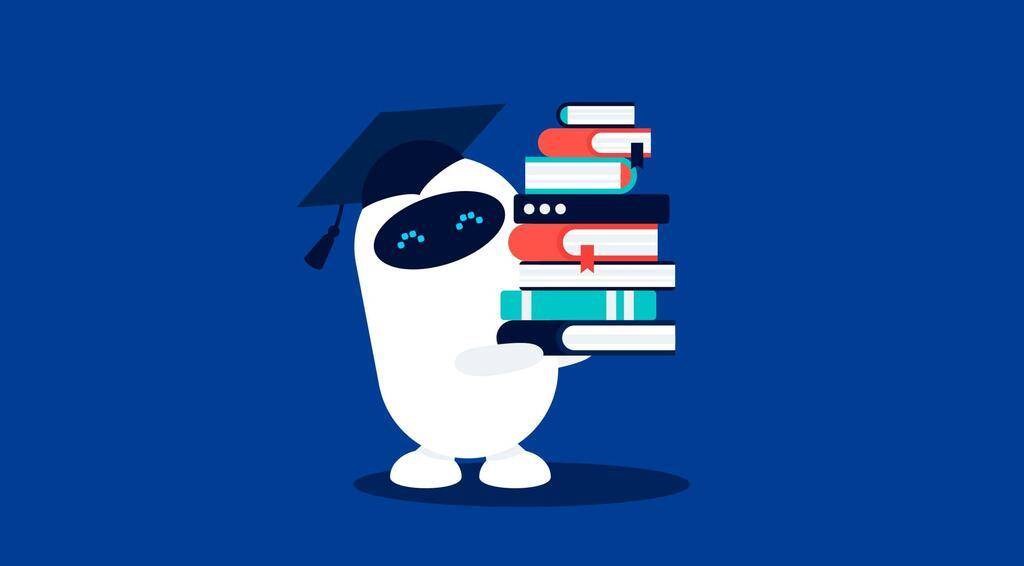
Still confused, how exactly does it work? Keep on reading. Machine learning applies complex mathematical algorithms to automatically detect patterns, apprehend demand signals and recognize the relationships between the variables in large datasets. Apart from analyzing enormous volumes of information, the smart system constantly updates the model, retrains it. As a consequence of this, it adapts to changing conditions addressing the volatility issue and performing well in complex scenarios.
Need some proof? Companies that added machine learning to their existing systems report an increase of 5 to 15 percent in forecast reliability (up to 85 and even 95 percent). In addition to this, your team gets rid of time-consuming manual adjustments and recalibrations. Food and beverage major PepsiCo, cosmetic giant L’Oréal, and manufacturing conglomerate 3M were among leading organizations in Gartner’s Supply Chain Top 25 rankings that use ML in their daily forecasting and planning.
COMMON DEMAND FORECASTING SOLUTIONS FUELED BY MACHINE LEARNING
Machine Learning in Demand Forecasting has been implemented in distinct ways, according to the data availability, business goals, task complexity, and so on across various industries. But these two are the most common methods found, that have proven to be very helpful :
1. PREDICTIVE SALES ANALYTICS :
An enterprise application of machine learning joined with statistical methods is predictive analytics. Several patterns can be detected with the use of historical and transactional data, which further can tell us of any risks or opportunities in future. One of the best features of predictive sales analytics is that of risk management. It can unveil the relationships between various factors and examine risk for a particular set of numerous scenarios, by this it assigns a score or weight to the risk assessment.
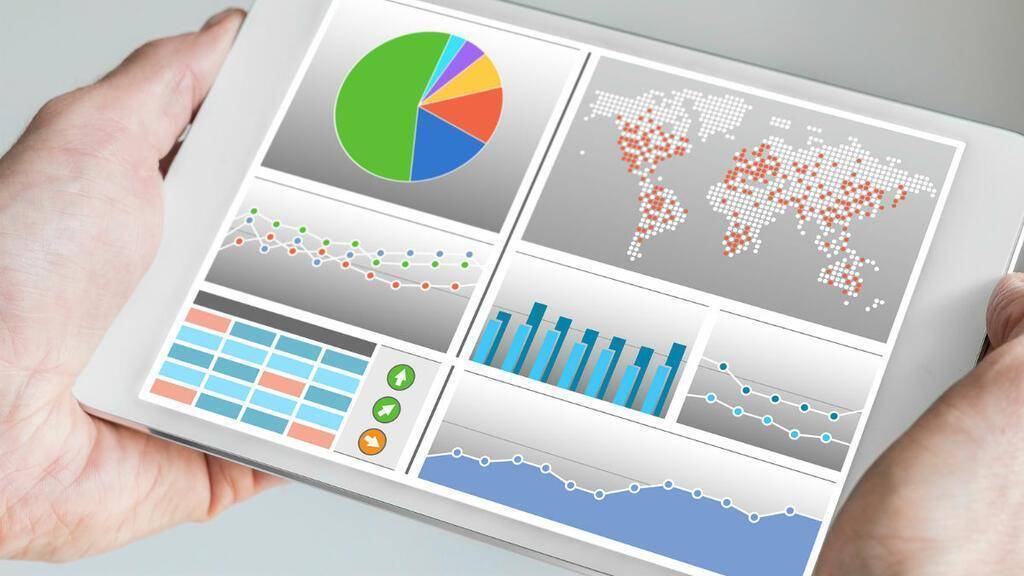
But do note that for the accuracy of forecasting and also for predictive analytics to be valuable, the data should also be maintained properly, it should be equally accurate as well.
Predictive analytics does the following set of operations, so we can uncover our future :
- Gathering historical and latest data from various sources like ERP and CRM systems, point of sales(POSs), surveys conducted, customer feedbacks, demand studies, sensors, social media engagement etc
- Cleansing of data, so that outliers can be removed and model can be build on such data
- Discovering which forecasting algorithm fits best for your product/service
- Determining the outcome, insights and trends
- Monitoring the models, and make some tweaks whenever needed so that accuracy is not lost and business results are improved.
Major Drawback : Not geared and ill-suited to visualize the nearer future.
2. DEMAND SENSING :
Tackling the limitation of predictive analytics demand sensing tools, come in the game for scenarios including shorter periods and daily granularity. Demand sensing adds some important features to predictions made. It uses machine learning and catches the real-time fluctuations in purchase behavior. So it's not a standalone forecasting part but rather complements the other predictive tools. That said, companies that operate in fast-changing markets make use of such tools.
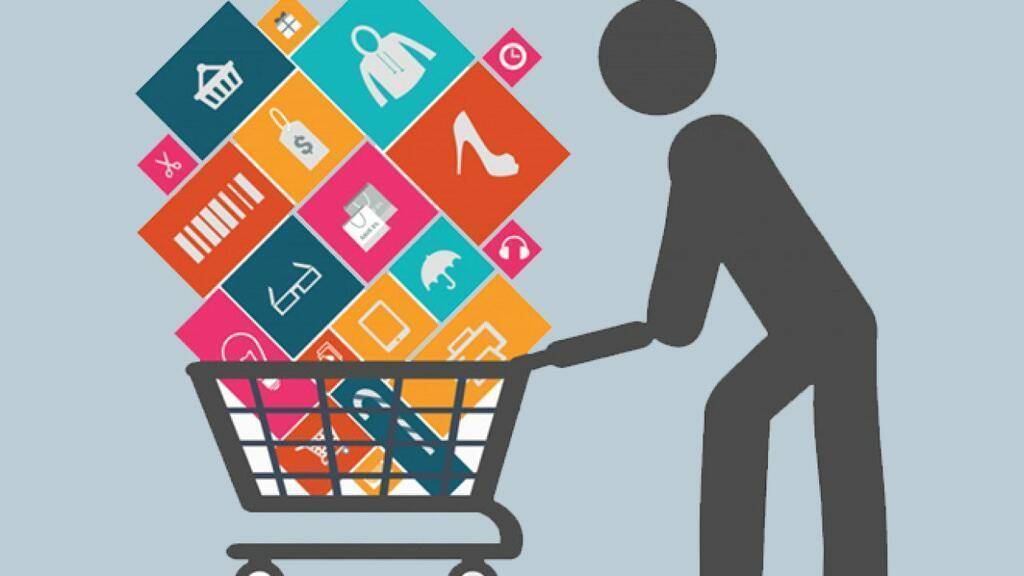
For instance, the fashion industry, one day some type of look may be trending but instantly it can change if someone wears something more fashionable, especially if it's a celebrity. With this demand sensing solutions, organizations are able to optimize their forecasts or predictions better on-the-go to match anticipated needs.
The data extraction for this one is from data warehouses, POS, comparisons with historical patterns to see whether there is an increase or decrease in sales with help of some external resources.
Simply put, in competing markets, this tool will understand the demands of customers on a short term basis and analyze the variations in it, enabling a data-driven supply chain.
Major Drawback : Heavily depends on complex machine learning algorithms which requires high computational power, massive volume of datasets and libraries of pre-built models.
DEMAND FORECASTING USING ML IS THRIVING IN E-COMMERCE

In the E-commerce sphere, demand forecasting fueled with machine learning has showcased the following advantages :
- Customer Relationship Management : When buyers are planning to buy something, they want the products available for them immediately. Suppose if a festival is arriving, people would want to buy new clothes or traditional clothes. Through demand forecasting we can know what set of products should be available abundantly in specific store locations. This builds customer’s satisfaction and trust in your service ultimately improving your brand’s popularity.
- Supplier Relationship Management : When you can estimate how many products to order according to the demands of the customer, it becomes easy for you to decide to search for new supply chains and also decrease the number of the suppliers.
- Order Fulfillment and Logistics : Using Demand Forecasting we can make efficient supply chains. Unsold or poor demand of products should not be displayed instead of the new trending products. By optimizing this, you can meet with your business target profit margins.
- Marketing Campaigns : Forecasting is often used to adjust ads and marketing campaigns and can influence the number of sales. Sophisticated machine learning forecasting models can take marketing data into account as well.
AMAZON FORECAST : A DEMAND FORECASTING TOOL
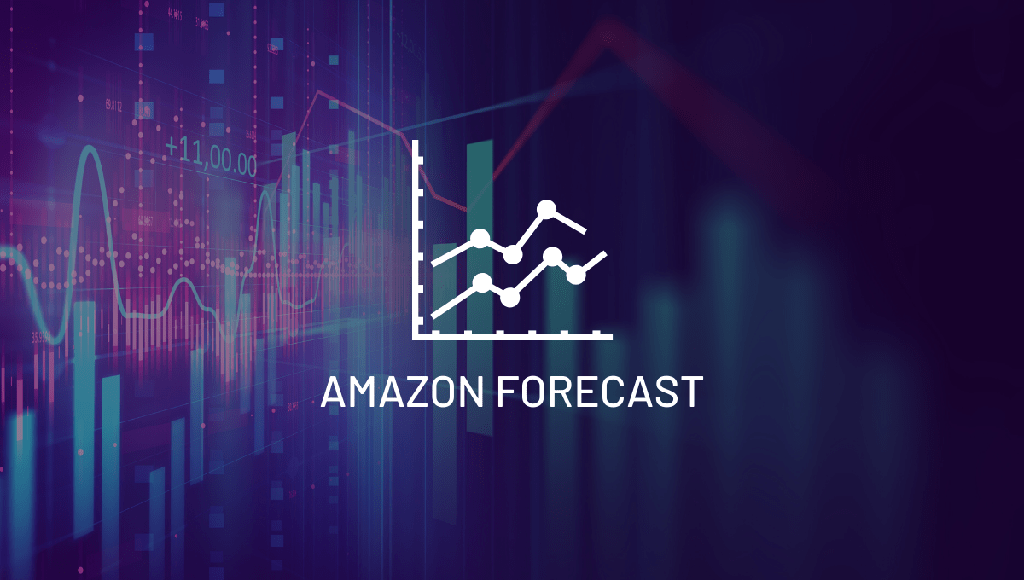
Amazon Forecast is a fully managed service that uses machine learning to deliver highly accurate forecasts. To use Amazon Forecast you don’t need any machine learning skills so it's easy to use. The service automatically provides the important infrastructure, operates on the data, and builds custom/private machine learning models that are hosted on AWS (Amazon Web Services) and are ready to make predictions. In addition, as advances in machine learning techniques continue to evolve at a rapid pace, Amazon Forecast incorporates these, so that customers continue to see accuracy improvements with minimal to no additional effort on their part.
What are the Benefits ?
- 50% more accurate forecasts with machine learning
- Reduce forecasting time from months to hours
- Create virtually any time series forecast
- Secure your business data and peace of mind
What are the Use cases ?
- Product Demand Planning
- Financial planning
- Resource planning
To wrap up, when you want your business to meet its goals, the technologies like Machine Learning , Artificial Intelligence and Automation are really a blessing. We all want to keep up with this fast-paced world and gain profit from every opportunity that knock’s on our door.
So, if you want to accelerate your E-commerce brand check out AiHello’s page for some amazing services. Also, AiHello got your back to optimize your Ad campaigns that thrives for the best interest of your business and the ACoS targets you set. With AiHello Autopilot tool that works 24*7, there are not one or two benefits but definitely many more that will automate your PPC campaigns and boost up your revenues. This way you can have a stress-free routine at work, enabling you to concentrate more on your product. If you would like to try AiHello AutoPilot, then head over to our registration page and give it a try. There is 14 days free trial with no payment information required.


